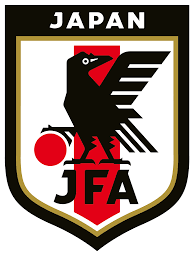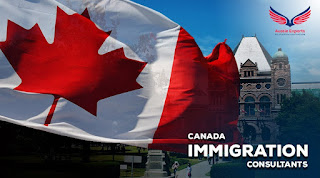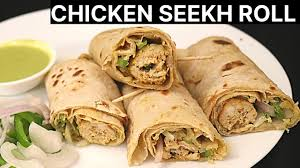Japan does not offer a blanket "free visa" for tourism or short-term visits. However, Japan does have visa exemption arrangements with several countries, allowing their citizens to enter Japan for tourism or business purposes without a visa for short stays.
Visa Exemption: Citizens of certain countries are exempt from obtaining a visa if their visit to Japan is for tourism or business purposes and does not exceed a specified period (usually 90 days or less). The duration of stay allowed under visa exemption varies depending on the country.
List of Countries: The list of countries whose citizens are eligible for visa exemption is maintained by the Japanese Ministry of Foreign Affairs. It's essential to check the official website of the Japanese embassy or consulate in your country to verify if you qualify for visa exemption.
Entry Requirements: Even if visa exempt, travelers must meet certain entry requirements, such as having a valid passport, a return or onward ticket, proof of sufficient funds for the duration of stay, and no intention to engage in paid activities.
Longer Stays or Specific Purposes: If you plan to stay in Japan for longer than the visa exemption period allows, or for purposes such as work or study, you will generally need to apply for an appropriate visa in advance through the Japanese embassy or consulate in your country.
Application Process: For those requiring a visa (not eligible for visa exemption), the application process typically involves submitting required documents, such as a visa application form, passport photos, passport copy, travel itinerary, financial statements, and possibly additional documents depending on the purpose of visit.
COVID-19 Considerations: Due to the COVID-19 pandemic, travel restrictions and entry requirements may change frequently. It's crucial to check the latest travel advisories, entry requirements, and visa information from official sources before planning your trip to Japan.







.png)




















